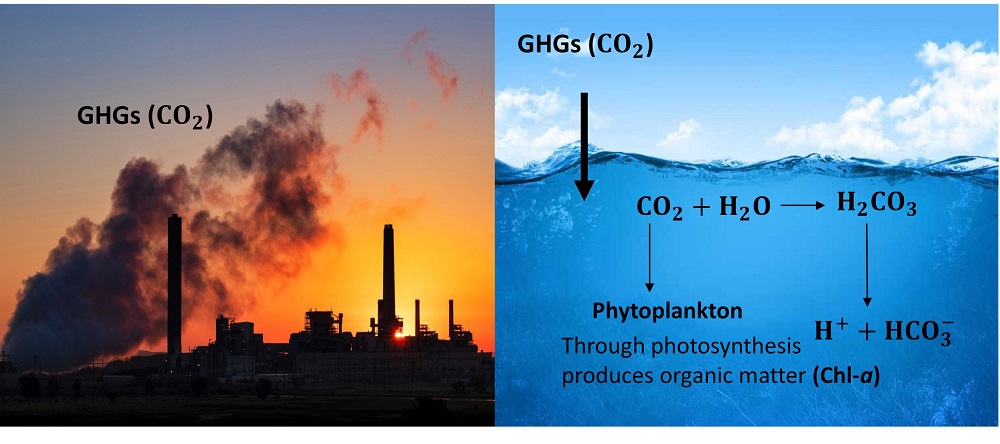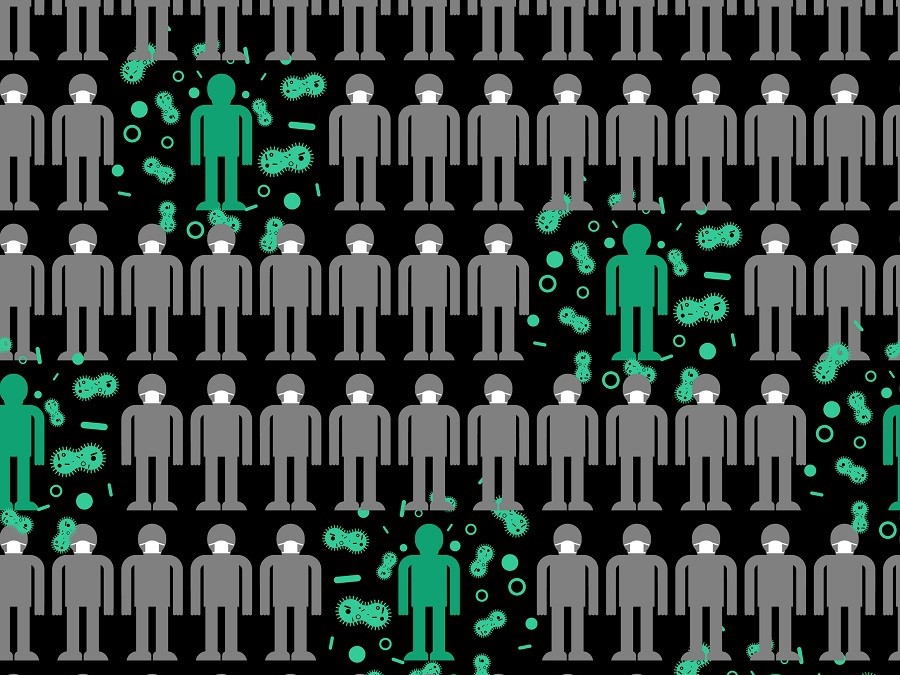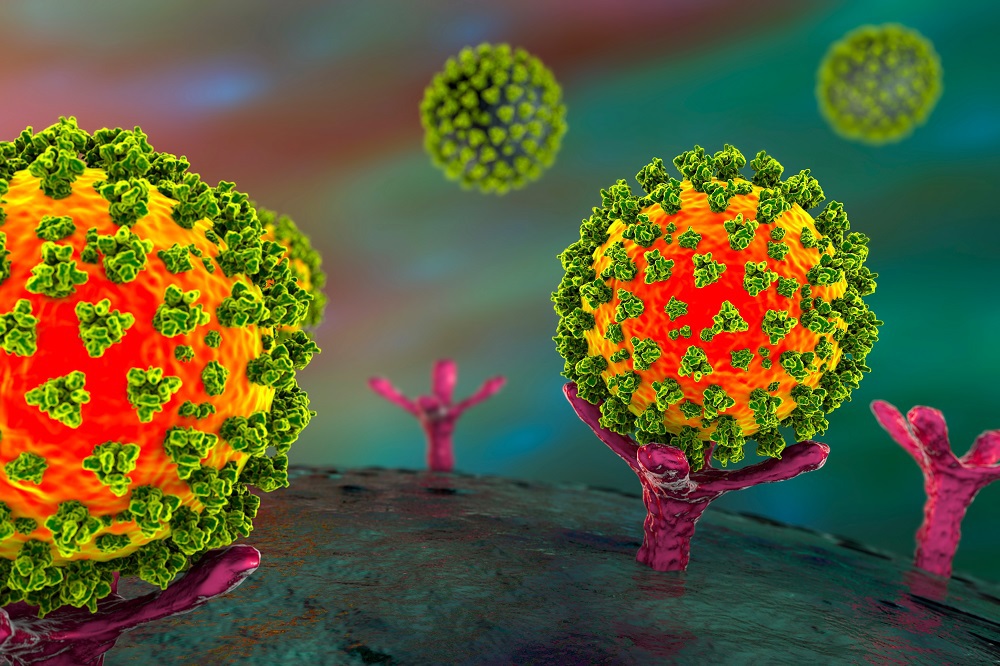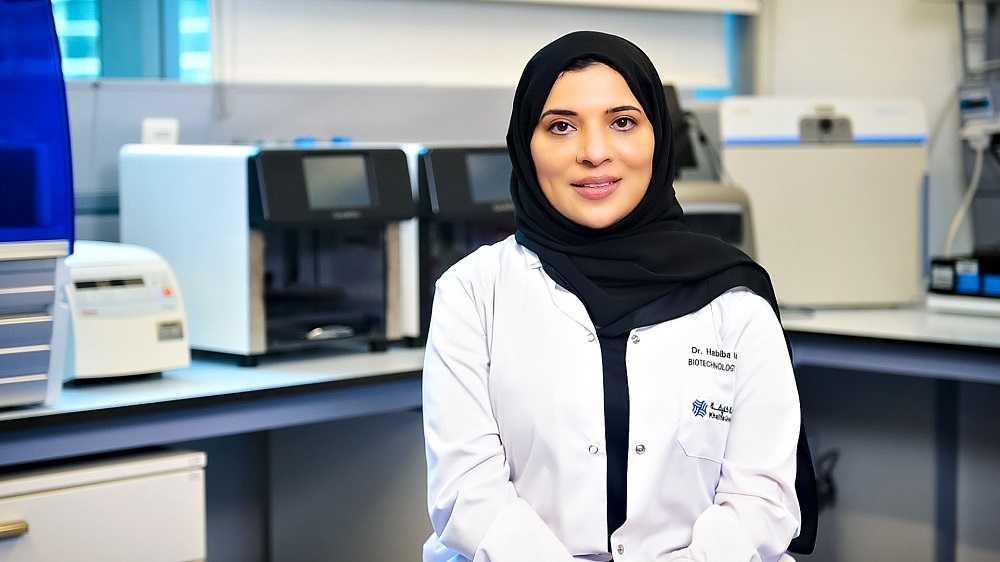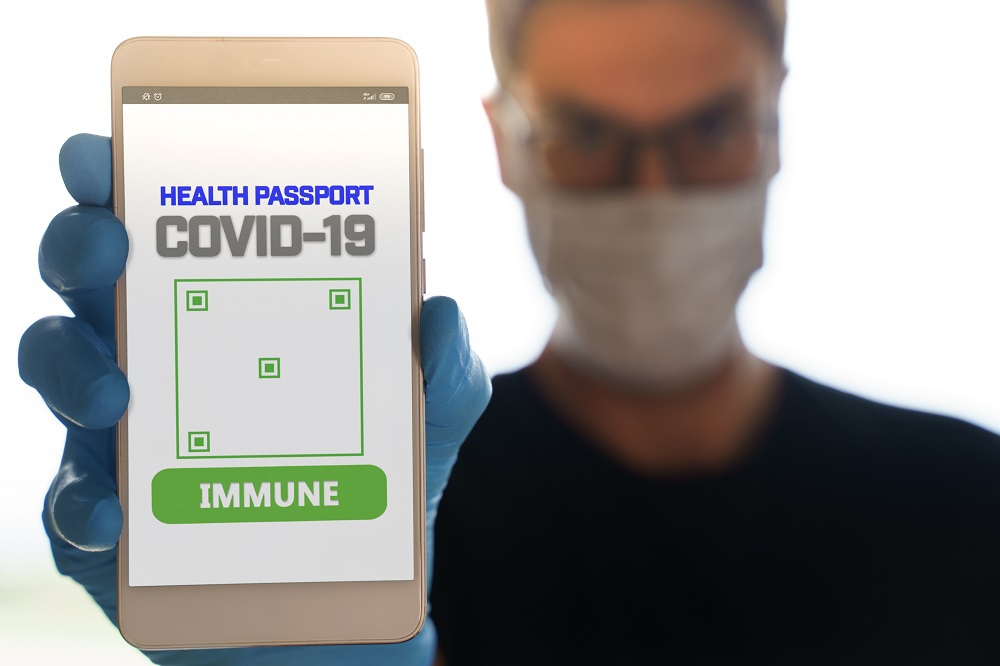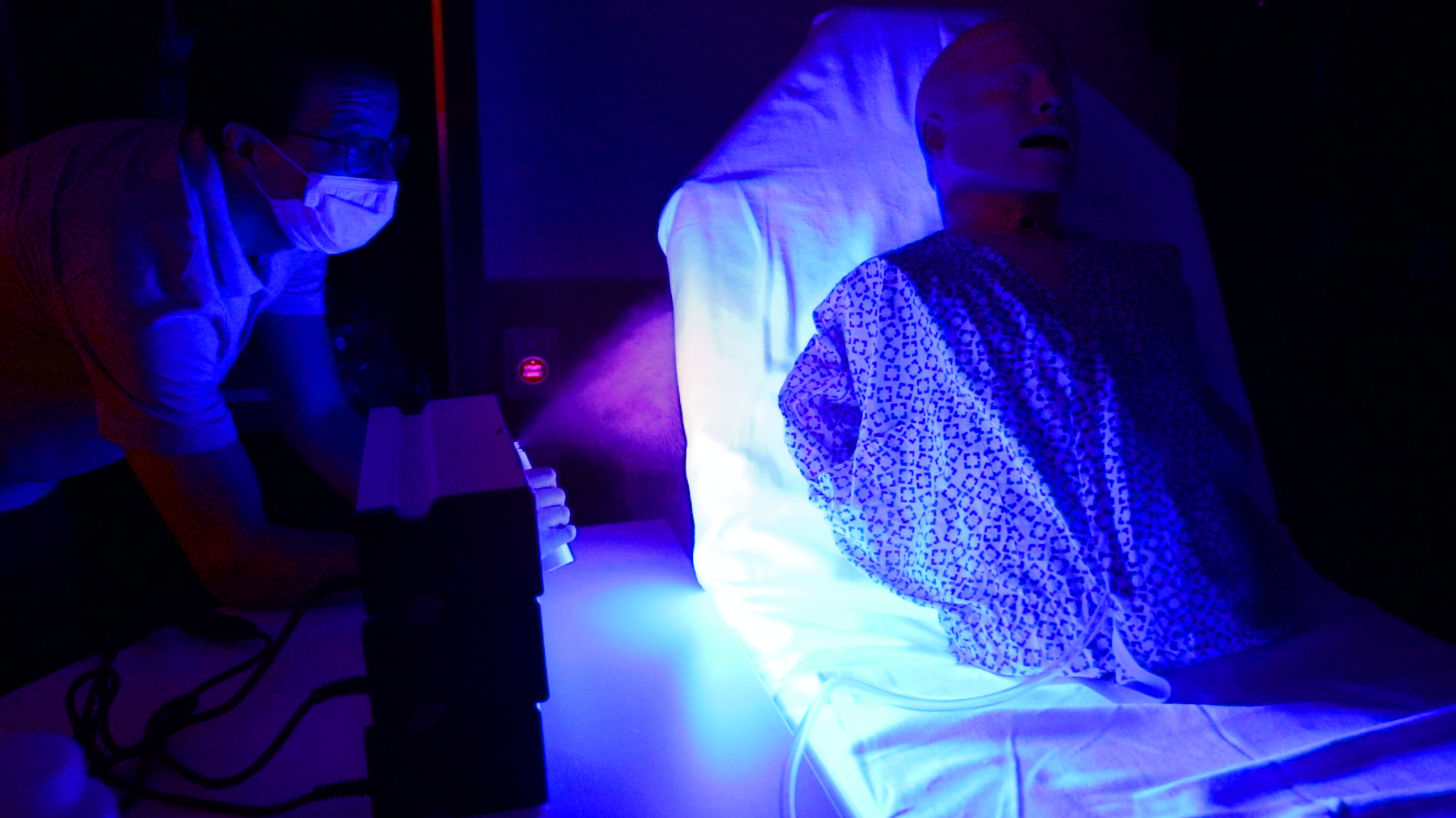
Study Using Colloids and Mannequins to Assess Safety Levels in Hospitals and Effectiveness of Masks and Other PPEs
Read Arabic story here: http://www.researchku.com/news-extended/61
To hear an interview with Dr. Ammar Nayfeh on Abu Dhabi Radio, click here and listen between 54:15 – 1:13:38.
Editor’s note: This story was updated on 24 November 2021.
Khalifa University of Science and Technology, in collaboration with Cleveland Clinic Abu Dhabi, announced that a team of researchers is developing a model to understand precisely how the COVID-19 virus travels through the air and how long it can stay airborne, in order to ensure safer hospital environment and lower transmission rates, while assessing the effectiveness of masks and other personal protective equipment (PPEs).
View this post on Instagram
Aerosol spread means that tiny droplets containing the SARS CoV-2 virus remain airborne for a long time and travel significantly farther than the six-foot separation recommended for social distancing. As some studies have suggested, the spread of COVID-19 by aerosols is both real and dangerous.
To create their model, the researchers spray a colloid made of silicon nanoparticles to simulate a patient’s cough and aerosol generation, making droplets of various sizes containing the nanoparticles. These nanoparticles glow red under UV light, allowing the researchers to see how the particles spread. The team will also be testing their model in a hospital environment with mannequins at Cleveland Clinic Abu Dhabi.
Dr. Arif Sultan Al Hammadi, Executive Vice President, Khalifa University of Science and Technology, said: “Our researchers have been persistently engaged in scientific research that brings solutions through the use of advanced technology. The use of nanoparticles to ‘locate’ the SARS CoV-2 virus and find out how the airborne particles spread quickly is one model our research team is currently working on, as part of our efforts to contribute to mitigating the COVID-19 pandemic. We believe the outcome of this research will not only help identify how the airborne particles of the virus spread, but will also help ensure the care-providing environment such as hospitals and clinics are kept safer.”
Dr. Ahmad Rakad Nusair, MD, Cleveland Clinic Abu Dhabi, said: “Understanding the transmission of the virus is crucial in our fight against it. So far, the evidence for modes of transmission has been based on observations that have not been validated experimentally. As one would imagine, it would not be safe to experiment with the real virus, and hence, our decision to use nanoparticles to simulate the virus transmission in the healthcare environment. Globally, there are different recommendations to prevent the spread of the virus in the healthcare settings. While they all come from credible regulatory bodies, they are widely variant. The result of that is what we continue to see today, transmission of the virus in different healthcare settings and in different countries varies a great deal. There were hospitals in other countries that reported more than one third of their healthcare to have contracted the infection, while others reported minimal transmission. There are many factors that are responsible for the variation we see. The type of rooms that are used for patient care, the ventilation systems that are in place, the type of PPE that is being used. We are going to look into all those variables and understand each of those effects on the virus transmission. Our scientific experimental approach will enable us to give sound scientific recommendations for healthcare institutions to protect their staff against COVID-19.
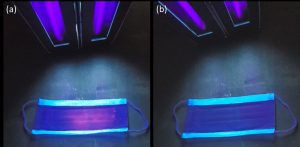
The research team, led by Dr. Ammar Nayfeh, Associate Professor, Electrical Engineering and Computer Science, comprises Dr. Ayman Rezk, Postdoctoral Fellow, Juveiriah Mohammed Ashraf, Research Engineer, and MSc students Wafa Sulaiman Alnaqbi and Aisha Al Hammadi. Their research has been published in the journal Nature.
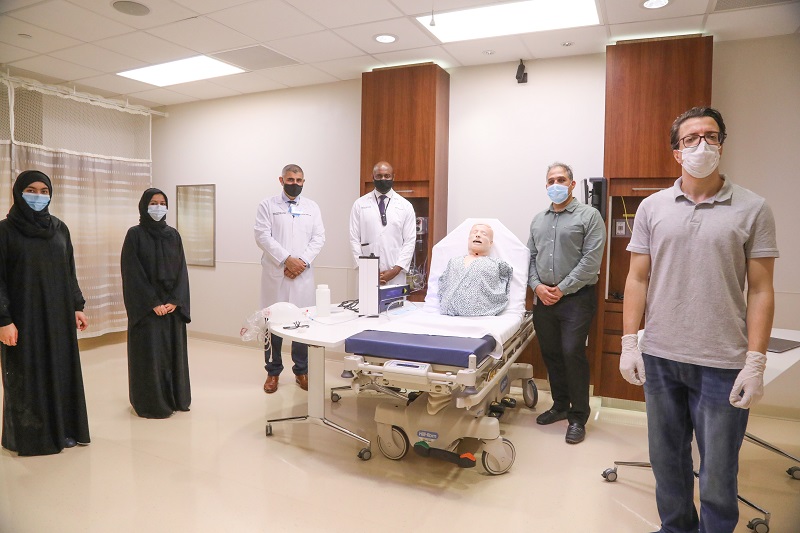
The researchers will be using mannequins to simulate a breathing healthcare worker in a regular room and in a negative pressure isolation room. This is expected to improve the researchers’ understanding of the virus’ epidemiology, the effectiveness of masks and social distancing, and improve how we use our resources in hospitals.
Aerosols are tiny compared to droplets, which are larger in size and may be exhaled by people talking, coughing or sneezing. These droplets don’t travel far and quickly fall to the ground, but aerosols spread to far greater distances and can linger in the air for a longer time, making them more likely infecting others. What constitutes a safe distance from aerosols is much harder to define, especially in indoor spaces with poor ventilation.
At present, Cleveland Clinic Abu Dhabi is partnering with the research team to provide two patient care environments for testing. No patients are involved, and the team will use medical mannequins to simulate a breathing healthcare worker in a patient’s room.
In October 2021, a follow-up story to this research project was published in The National, which can be viewed here.
Clarence Michael
English Editor Specialist
Jade Sterling
Science Writer
10 December 2020


